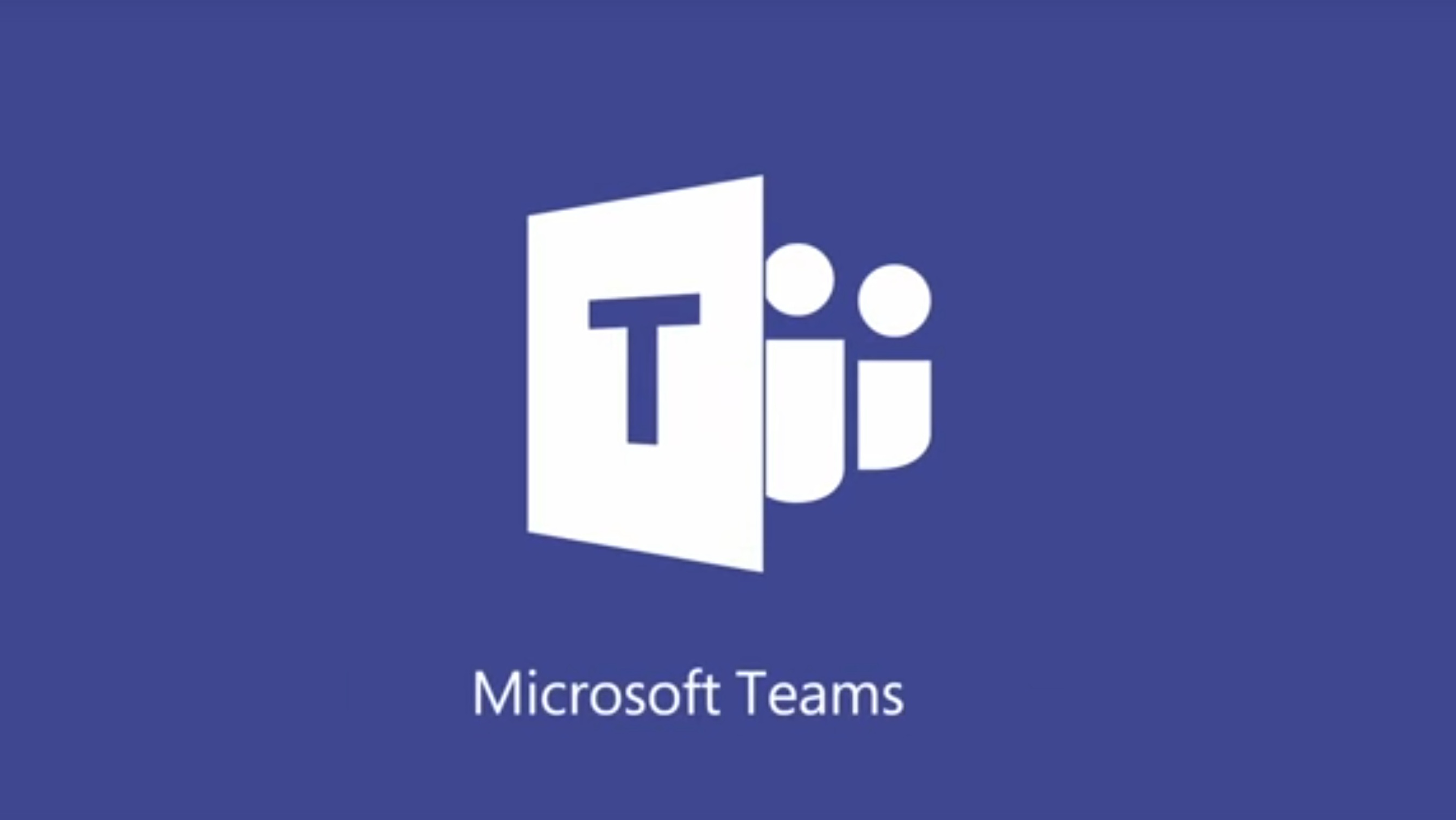Microsoft took a huge step this week in strengthening its position in the office collaboration market by making Microsoft Teams available in 181 markets around the world. Microsoft Teams, a chat based workspace in Office 365, was available in preview mode since November, and the Redmond Giant added several features before its global roll out on March 14th.

Remember Google Wave, a real time messaging platform Google launched in 2009 and decided to pull the plug on a year later? Microsoft’s Teams has done exactly what Google attempted to do. In an article about the demise of Google Wave, Techcrunch founder Michael Arrington wrote: “May be it was just ahead of time”; and he was exactly right. Google Wave was way ahead of its time. Google’s heart was in the right place, but the execution wasn’t, and it may be because Google couldn’t see which part of the puzzle Google Wave was supposed to fill.
Microsoft has no such problems. They have clearly identified workspace productivity applications as their top priority, and they are going to keep pushing at every opportunity possible. We already know that Microsoft’s Office 365 has been a roaring success for the company, and last week we accurately learned that there are 85 million monthly active Office 365 users. With commercial office 365 revenues growing at strong double-digit rates, the velocity of new updates and services Microsoft is launching around Office 365 has considerably increased.
Apart from providing office 365 users a place to chat with their colleagues, Microsoft has made it a breeze to access Microsoft applications such as Word, PowerPoint, OneNote, SharePoint and Power BI from the Microsoft Teams app. And the best part is, you can schedule meetings with your colleagues and fire up video chat through the application itself. Instead of forcing users to shift their meeting to Skype, what Microsoft has done is they have enabled video/voice conferencing right from the app.
“We’ve also enhanced the meeting experience by adding scheduling capabilities, integrating free/busy calendar availability for team members, adding recurrence, and making it easier to transition from chat to high-quality voice and video,” said Kirk Koenigsbauer, corporate vice president for the Office team.
By integrating video calling deeply within the app, Microsoft does bring several benefits to the users’ table with Teams. Assuming that you are already chatting with your team while you are working on your PowerPoint presentation and you hit a roadblock, you can quickly fire up a video chat with your team and quickly walk them through the project.
Though Microsoft says Teams is a chat-based workspace app, in reality, it’s a workspace app that integrates all the different Microsoft productivity applications. The other big advantage that Microsoft Teams brings is that it cuts through the need to keep back and forth emailing between teams. And that’s something we’ll be covering very soon as well – the viability of email communication at the intra-organizational level.
Today, the number of Excel sheets, presentations and Word Docs we send and receive over email is mind-boggling. Office 365 and other cloud-delivered apps have reduced that need, but Microsoft Teams takes it a step further by allowing teams to have a conversation going, while being able to work on Office documents directly within Microsoft Teams. And that is what is going to make their product stand out.
Thanks for reading our work! We invite you to check out our Essentials of Cloud Computing page, which covers the basics of cloud computing, its components, various deployment models, historical, current and forecast data for the cloud computing industry, and even a glossary of cloud computing terms.



